Acknowledgments
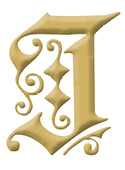 am grateful to Lisa Roper at Deseret Book and the staff at the Religious Studies Center at Brigham Young University for all their help through the publication process. The RSC publications director, Scott C. Esplin, a fellow student of pilgrimage and piety, was open and encouraging to the idea of a devotional book rooted in scholarship from the first contact that we had. Brent R. Nordgren, RSC production and business supervisor, helped move everything forward quickly, including assisting me with the technical aspect of the images. I also owe a debt to the anonymous peer reviewers who provided very helpful suggestions.
am grateful to Lisa Roper at Deseret Book and the staff at the Religious Studies Center at Brigham Young University for all their help through the publication process. The RSC publications director, Scott C. Esplin, a fellow student of pilgrimage and piety, was open and encouraging to the idea of a devotional book rooted in scholarship from the first contact that we had. Brent R. Nordgren, RSC production and business supervisor, helped move everything forward quickly, including assisting me with the technical aspect of the images. I also owe a debt to the anonymous peer reviewers who provided very helpful suggestions.
Shirley S. Ricks, senior editor, provided expert editorial suggestions and was always collaborative and thoughtful in talking through different issues. I am also grateful to the intern, Sarah Whitney Johnson, who was so careful in working through the initial manuscript and giving me very helpful suggestions. Emily V. Strongs creative work with the design of the book transcended what I could have ever imagined the final product to be.
I celebrate the influence of my mother, M. Roxanne Watkins Clark, in several places throughout this volume; the role of my father, Nolan Ezra Clark, is less heralded but no less significant. I learned the value of biblical word studies as he explained the Hebrew term for honor in Exodus 20:12 from his well-used Strongs Exhaustive Concordance of the Bible ; I wanted to live to bring weight to the name of my parents from his teaching. His consistent pattern of early morning scripture study and early Saturday morning temple attendance modeled a life of serious discipleship. The faithfulness and devotion to God I experienced in my home rooted and grounded me in spiritual reality from my earliest memories.
My brother, Jonathan Clark, and one of my mission companions were among the earliest readers, and I am so grateful for their support and encouragement. Elizabeth Clark, my sister, and my cousin Rebecca Clark Carey were careful readers and editors through the writing process, and without their suggestions, feedback, and encouragement, I would not have had the courage to keep going.
I am grateful to Brigham Young UniversityHawaii for granting me a sabbatical during Fall Semester 2018. I am grateful to the library staff at the Harold B. Lee Library for providing me with a research room during that time. I am also grateful to all my colleagues at BYUHawaii who covered classes during that semester.
For many years, maybe decades, my husband, Keith Lane, along with my sister and a dear friend, Lisa Rosenbaum Ishikuro, have all urged me to write my research insights on redemption for a larger audience. I am grateful for their encouragement and support.
I am particularly grateful to Keith who, from the earliest days of our married life through today, has graciously shared his life and time with me and my research and writing. Since we first met we have shared a love of both religious studies and gospel study. Having our path together include a shared professional life has been a great blessing. His love and support have both kept me grounded and given me space to explore and learn.
Introduction
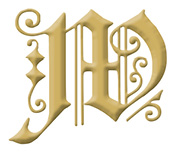 e feel lost. We are trapped. But our Heavenly Father has a plan. He wants us to know that his plan of redemption will work. We are not supposed to stay lost and in bondage, separated from his presence. His plan is big enough to bring all his children home. He has chosen his Only Begotten Son as our Redeemer, the one who gave his life to ransom us from our captivity and to bring us back through the covenant path. This message of hope is communicated in scriptures and in the ordinances we perform, particularly in the temple.
e feel lost. We are trapped. But our Heavenly Father has a plan. He wants us to know that his plan of redemption will work. We are not supposed to stay lost and in bondage, separated from his presence. His plan is big enough to bring all his children home. He has chosen his Only Begotten Son as our Redeemer, the one who gave his life to ransom us from our captivity and to bring us back through the covenant path. This message of hope is communicated in scriptures and in the ordinances we perform, particularly in the temple.
But we have a problem. Much of the language of scripture is rooted in an ancient world, a world of relationships and symbols that can feel foreign. The plan of redemption and its covenants are expressed in ancient words that we are filtering through modern eyes and ears. We hear the words but dont always understand the message of hope that our Father is trying so hard to communicate. The assurance of our ransom price is likewise communicated through symbols in the ordinances that we can easily tune out or rush by in our hectic modern lives.
This book has two parts to help bring into focus this message of Christ as our Redeemer and as our Ransom. The first part helps us see Christs identity as our Kinsman-Redeemer by exploring the ancient words that connect covenants, redemption, worship, the presence of the Lord, and sitting down enthroned in Gods presence as his children and heirs. The second part helps us see Christ as our Ransom by exploring medieval images that can help us increase our confidence in the price that was paid for our deliverance. Christ invites us to behold the wounds which pierced my side, and also the prints of the nails in my hands and feet (Doctrine and Covenants 6:37). Knowing that he is our Redeemer and that his suffering and death is our ransom price allows us to look unto [him] in every thought and to doubt not and fear not (Doctrine and Covenants 6:36).
This is the message our Father in Heaven has been trying so hard to communicate to usChrist can free us and bring us home if we trust him and come unto him. Learning from ancient words and medieval images can provide additional tools to help us tune in to this message of hope. With these additional resources, we can study the scriptures and participate in the ordinances with deeper and deeper experiences of Gods love and assurance. We can more fully rely on our Redeemer and more fully come unto him, receiving the gift of life that he offers us.
This journey of coming unto Christ can be understood more clearly as we become attuned to the concepts and symbolic language communicated in the covenants and ordinances of salvation. These covenants and ordinances, including those of the temple, map out this journey back to the presence of God through the redemption of Jesus Christ. Our understanding of this journey of our life becomes clearer as we learn the meaning of ancient words that connect covenants, redemption, and returning to Gods presence to sit enthroned. Likewise, learning to ponder images and symbols pointing to Christs suffering and death can open our eyes and minds to more clearly behold the symbolic presentation throughout the ordinances. A deeper study of these ancient words allows us to appreciate the power of our covenant relationship with Christ, and a deeper study of medieval devotional images gives us practice in pondering the images of Christs suffering and death, allowing us to see the message of redeeming love communicated in the ordinances.
Part one, Christ, Our Kinsman-Redeemer, develops core scriptural concepts to explain why faith in Christ and making and keeping covenants can bring peace and hope to all. With explanations and personal accounts, it develops the ancient sense in which covenants ( brt ) create family relationships. It explains that Christs role as our Kinsman-Redeemer ( gl ), the Hebrew role of one appointed to buy family members out of bondage, stems from those relationships. We can have confidence that he is our Redeemer because of our covenants with him.

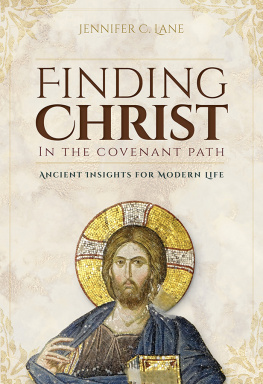
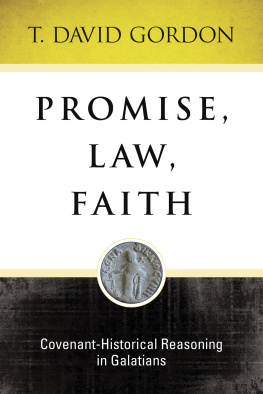
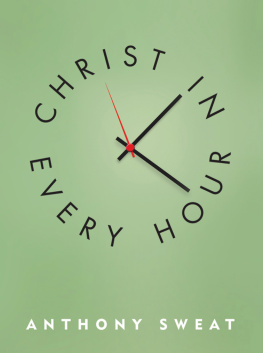
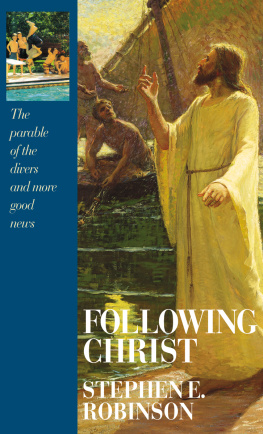

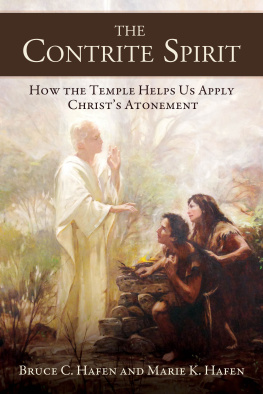
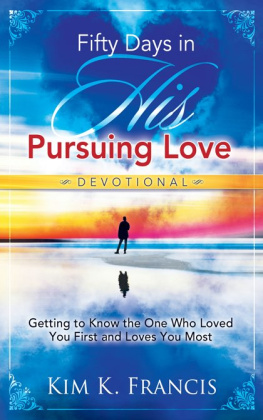
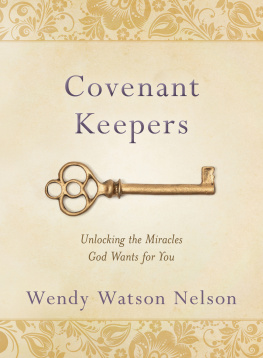
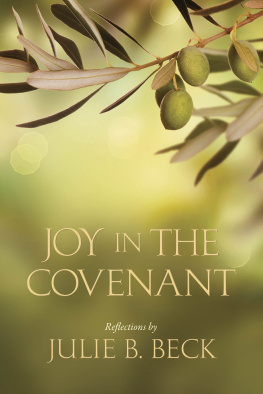
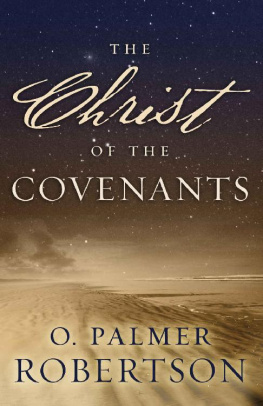
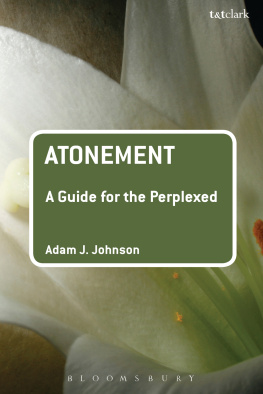
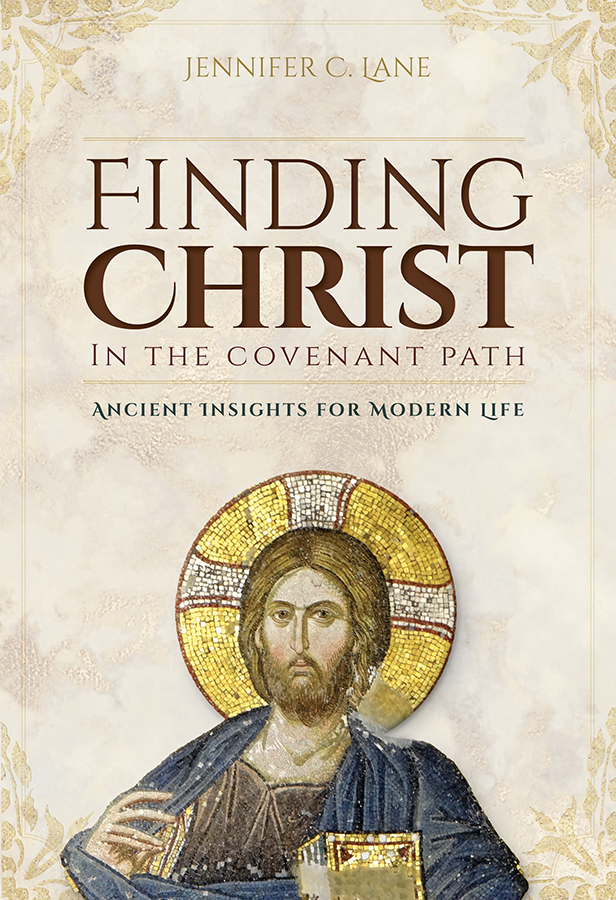
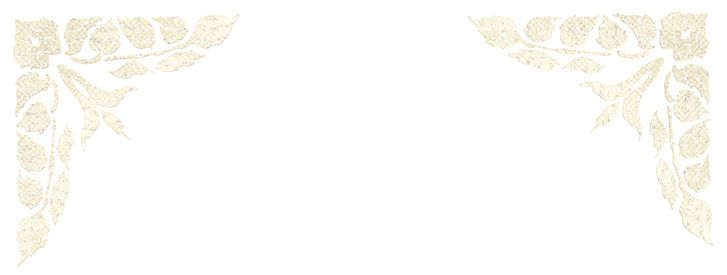
 am grateful to Lisa Roper at Deseret Book and the staff at the Religious Studies Center at Brigham Young University for all their help through the publication process. The RSC publications director, Scott C. Esplin, a fellow student of pilgrimage and piety, was open and encouraging to the idea of a devotional book rooted in scholarship from the first contact that we had. Brent R. Nordgren, RSC production and business supervisor, helped move everything forward quickly, including assisting me with the technical aspect of the images. I also owe a debt to the anonymous peer reviewers who provided very helpful suggestions.
am grateful to Lisa Roper at Deseret Book and the staff at the Religious Studies Center at Brigham Young University for all their help through the publication process. The RSC publications director, Scott C. Esplin, a fellow student of pilgrimage and piety, was open and encouraging to the idea of a devotional book rooted in scholarship from the first contact that we had. Brent R. Nordgren, RSC production and business supervisor, helped move everything forward quickly, including assisting me with the technical aspect of the images. I also owe a debt to the anonymous peer reviewers who provided very helpful suggestions. e feel lost. We are trapped. But our Heavenly Father has a plan. He wants us to know that his plan of redemption will work. We are not supposed to stay lost and in bondage, separated from his presence. His plan is big enough to bring all his children home. He has chosen his Only Begotten Son as our Redeemer, the one who gave his life to ransom us from our captivity and to bring us back through the covenant path. This message of hope is communicated in scriptures and in the ordinances we perform, particularly in the temple.
e feel lost. We are trapped. But our Heavenly Father has a plan. He wants us to know that his plan of redemption will work. We are not supposed to stay lost and in bondage, separated from his presence. His plan is big enough to bring all his children home. He has chosen his Only Begotten Son as our Redeemer, the one who gave his life to ransom us from our captivity and to bring us back through the covenant path. This message of hope is communicated in scriptures and in the ordinances we perform, particularly in the temple.